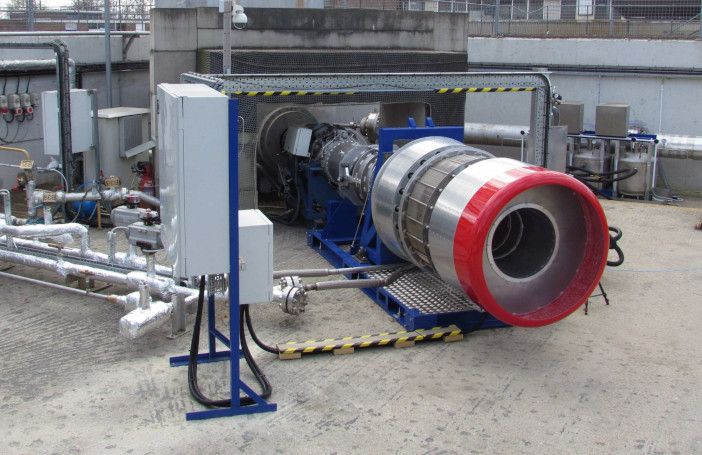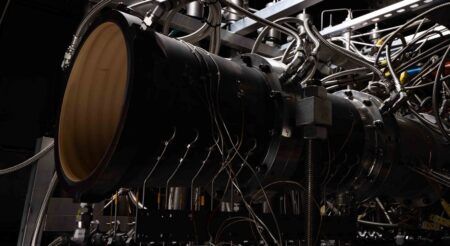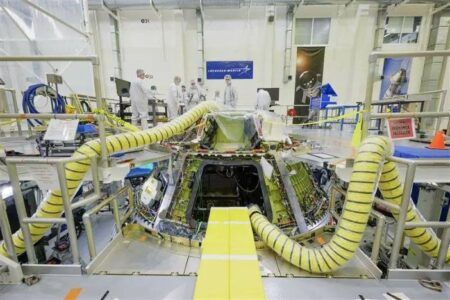The development of the world’s first air-breathing rocket engine has taken a step forward after passing an important design review, paving the way to major ground testing within the next 18 months.
The European Space Agency (ESA) and the UK Space Agency (UKSA) have reviewed the preliminary design of the demonstrator engine core of the Synergetic Air-Breathing Rocket Engine (SABRE), which is being developed by UK-company Reaction Engines.
The company will now use the engine core during forthcoming ground-based testing that will be conducted at a test facility at Westcott, Buckinghamshire, currently under construction.
The complete air-breathing core demonstrator will be fully representative of the SABRE thermodynamic core cycle, fuelled by liquid hydrogen, and will contain heat-exchangers, combustion and turbomachinery modules.
Mark Ford, leader of the ESA’s Propulsion Engineering section, said, “The positive conclusion of our preliminary design review marks a major milestone in SABRE development. It confirms the test version of this new class of engine is ready for implementation.”
Chris Castelli, director of programmes at the UKSA, said, “This is an exciting landmark for Reaction Engines in the development of its SABRE engine, which could revolutionize both access to space and international travel by powering aircraft to five times the speed of sound.”
The program to develop the demonstrator SABRE engine core was launched in October 2016. The engine core test item does not include the engine’s pre-cooler, which chills incoming air so it can be used by the engine.
The company will shortly begin heat exchanger testing in its own test facility in Colorado, USA. This test program is a manufacturing and performance ground-level demonstration of the pre-cooler in a high temperature environment, similar to that expected to be seen by the SABRE engine during its air-breathing flight regime – up to 1000°C air inlet temperature.
Shaun Driscoll, programmes director at Reaction Engines, said, “Reaction Engines has had a hugely supportive relationship with the ESA and we are delighted with this further endorsement of the SABRE engine design.
“This step opens the door to some exciting testing milestones which we will be undertaking in the next 18 months and moves us closer to the demonstration of the first SABRE engine, a class of scalable aerospace engines, which will revolutionize the way we travel around the globe, and get into orbit.”
“One of the great advantages of the SABRE propulsion concept is that it is totally modular from both design and operational perspectives,” said Richard Varvill, chief technical officer of Reaction Engines. “Therefore it is possible to subject each of the key components of the engine to rigorous ground testing, which fully mimic the operational conditions the engine will face up to Mach 5 flight at 25km altitude.”
Testing of the core demonstrator will be undertaken at a dedicated test facility currently being built at Westcott Venture Park in Buckinghamshire, a historic site for British rocketry where engines for the Blue Streak and Black Arrow rockets were tested.





